Scientists circumnavigate and map the seafloor of the entire mesophotic (deep water) zone in Ashmore Reef Marine Park.
Video and photos available here.
DARWIN – Scientists discovered a sea snake thought to be locally extinct and saw several species such as the great spotted cowrie (Perissersoa guttata) for the first time in the Ashmore Reef Marine Park, off Australia, during Schmidt Ocean Institute’s 18-day expedition that concluded this week.
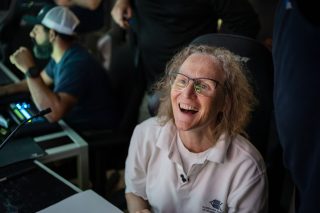
A team of scientists, led by Dr. Karen Miller of the Australian Institute of Marine Science (AIMS), also documented for the first time in high-resolution great diversity in coral-dominated areas, calcareous algal beds, and sponge gardens, and collected samples that will provide understanding into the biology of deep-water corals.
The science team gained new ecological insights of mesophotic species and communities in depths between 50-150 meters using the underwater robot, ROV SuBastian. “Our observations of the reefs showed the mesophotic zone at Ashmore to be diverse, vibrant, and healthy,” said Dr. Miller. “We found no evidence of coral damage, showing the marine park is helping to preserve this special ecosystem.”
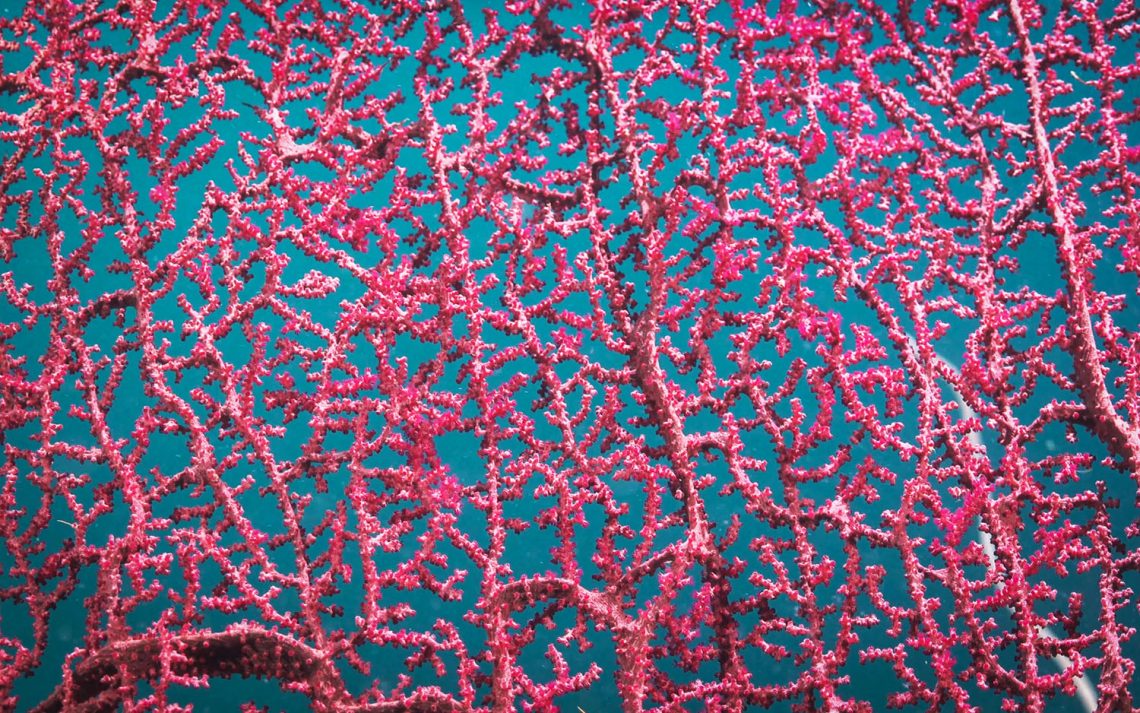
The robot offered the capacity to look at animals and these underwater areas in great detail, unlike previous deep-water survey methods completed in NW Australia. The dives were streamed live to the public, sharing 148 hours of never-before-seen footage of the Ashmore Reef seabed, and over 500 high-quality specimens were collected to share internationally for further research.
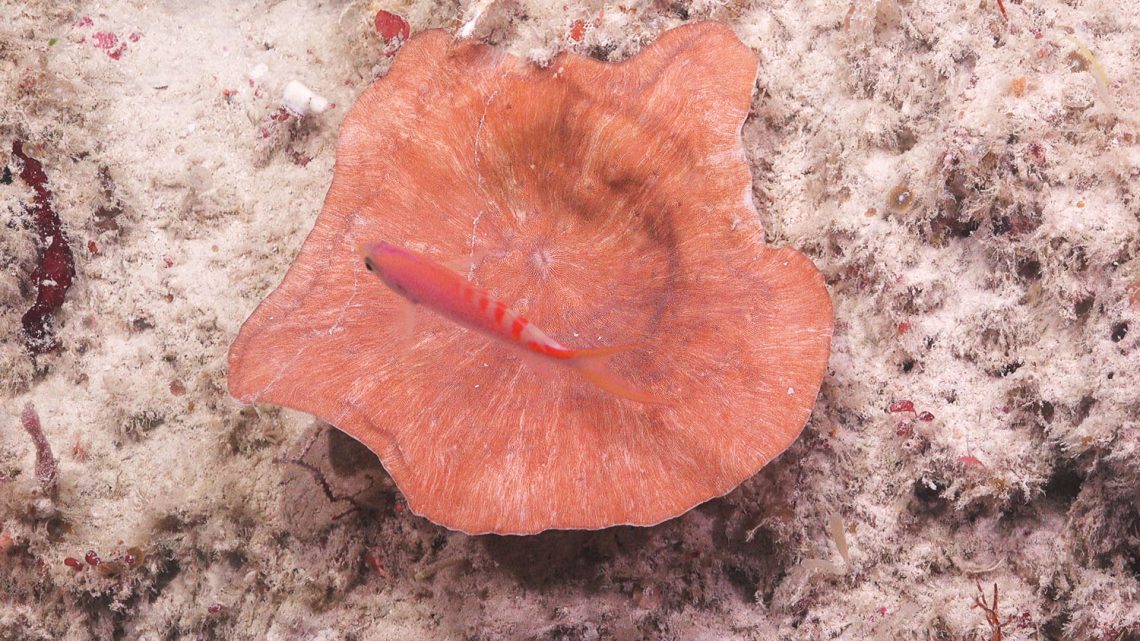
“Mesophotic ecosystems are hypothesized to have significant ecological importance, including the potential to reseed shallow water reefs under environmental stress, said Dr. Nerida Wilson, Western Australia Museum. “The ability of these environments to provide a refuge for coral reefs needs critical attention, as all reefs face a range of stressors including a changing climate. However, it may be that mesophotic environments are unique in their own right.”
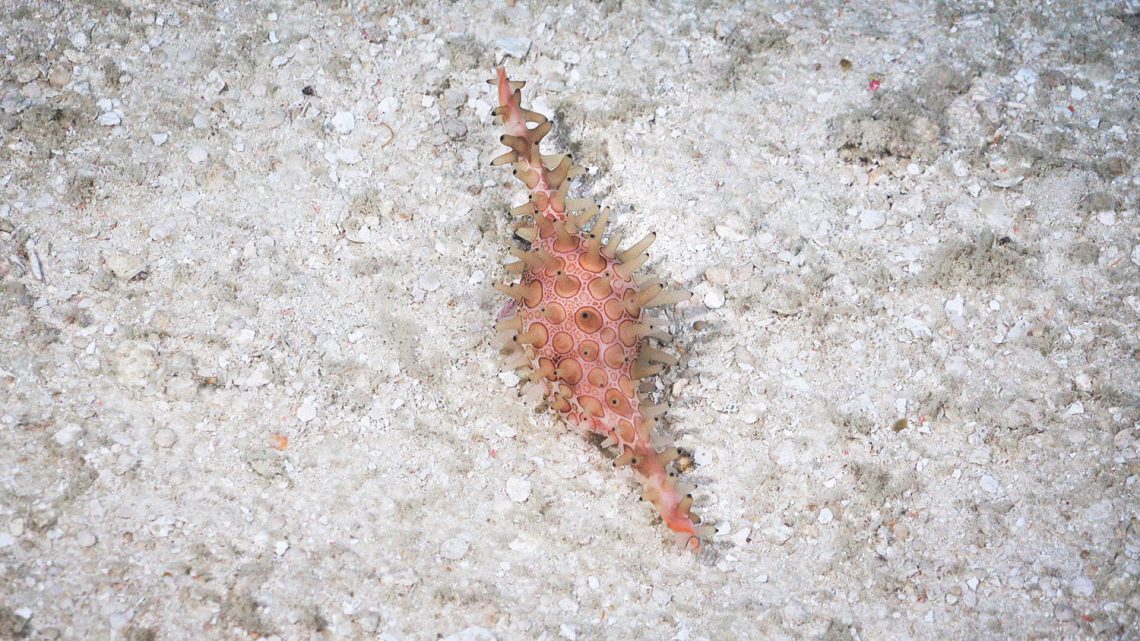
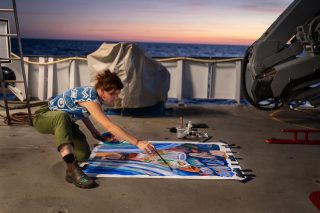
Australian artist Ellie Hannon sailed with the scientists in the Artist-at-Sea berth, capturing the beauty of Ashmore Reef in her paintings created on-board. She was also able to paint a panel for the deep-diving robot, SuBastian.
The expedition was led by Australian Institute of Marine Science, and included scientists from the University of Western Australia, Curtin University and Western Australia Museum with support from Parks Australia.
The Ashmore Reef study is the final Australia expedition for Schmidt Ocean Institute’s R/V Falkor after nine unique projects as part of a 16-month initiative. “This expedition was filled with a wealth of discoveries and a fitting final voyage to end our collaboration with the local and international scientific community, exploring the waters around Australia, a continent with rich biodiversity and iconic underwater features,” said Dr. Jyotika Virmani, executive director of Schmidt Ocean Institute.
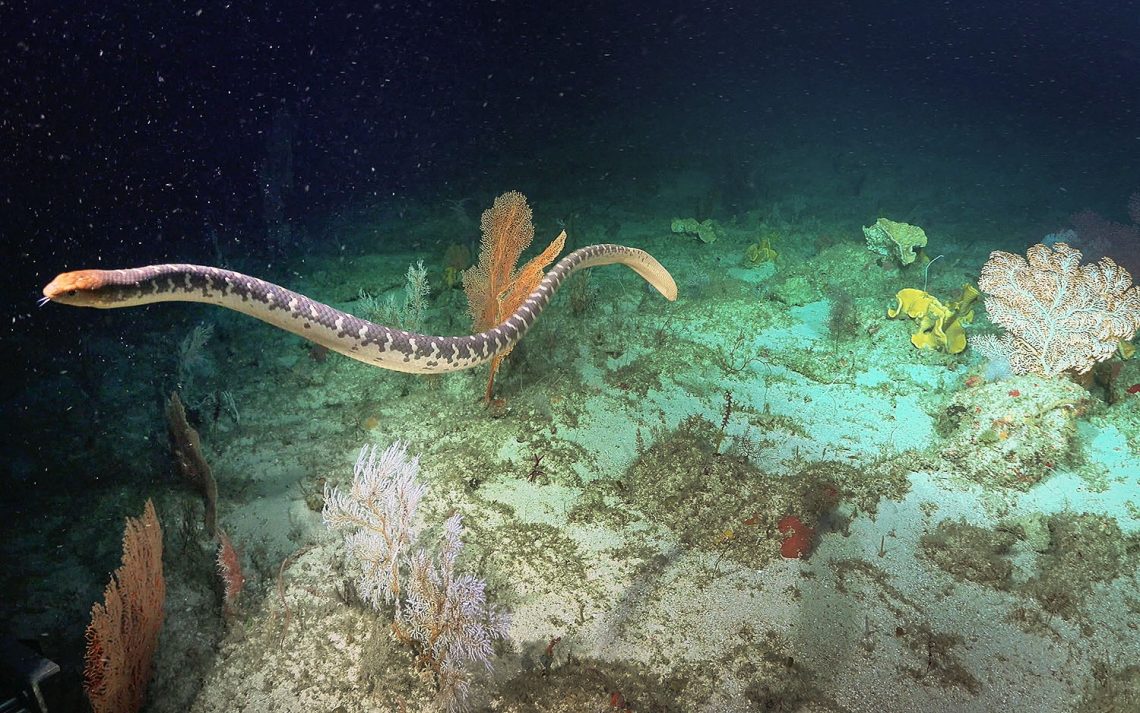
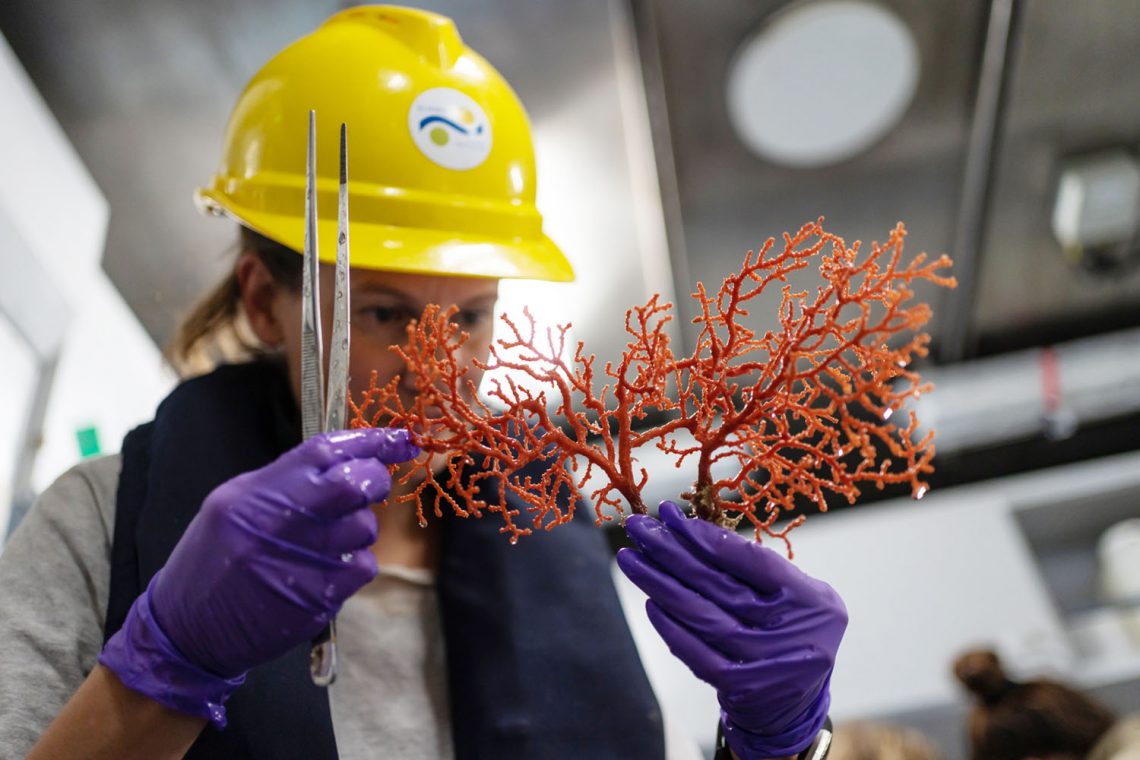

The footage and samples collected will have important implications for the sustainability and protection of these underwater ecosystems and similar habitats worldwide that are in peril because of rising ocean temperatures. You can learn more in their recently published impact report.
About the Organizations
Schmidt Ocean Institute was established in 2009 by Eric and Wendy Schmidt to advance oceanographic research through the development of innovative technologies, open sharing of information, and broad communication about ocean health. It operates Falkor, the only year-round philanthropic research vessel in the world that is made available to the international science community at no cost. For more information, visit www.schmidtocean.org.
The Australian Institute of Marine Science (AIMS) is Australia’s tropical marine research agency. In existence for almost half a century, it plays a pivotal role in providing large-scale, long-term and world-class research that helps governments, industry and the wider community to make informed decisions about the management of Australia’s marine estate. AIMS science leads to healthier marine ecosystems; economic, social and environmental benefits for all Australians; and protection of coral reefs from climate change. More here: https://www.aims.gov.au/.
The Western Australian Museum is the State’s premier cultural organisation, housing WA’s scientific and cultural collection. For over 120 years the Museum has been making the State’s natural and social heritage accessible and engaging through research, exhibitions and public programs. The WA Museum operates public museums in Perth, Fremantle, Albany, Geraldton, Kalgoorlie, and provides management oversight of the Gwoonwardu Mia – Gascoyne Aboriginal Heritage and Cultural Centre in Carnarvon. http://museum.wa.gov.au
